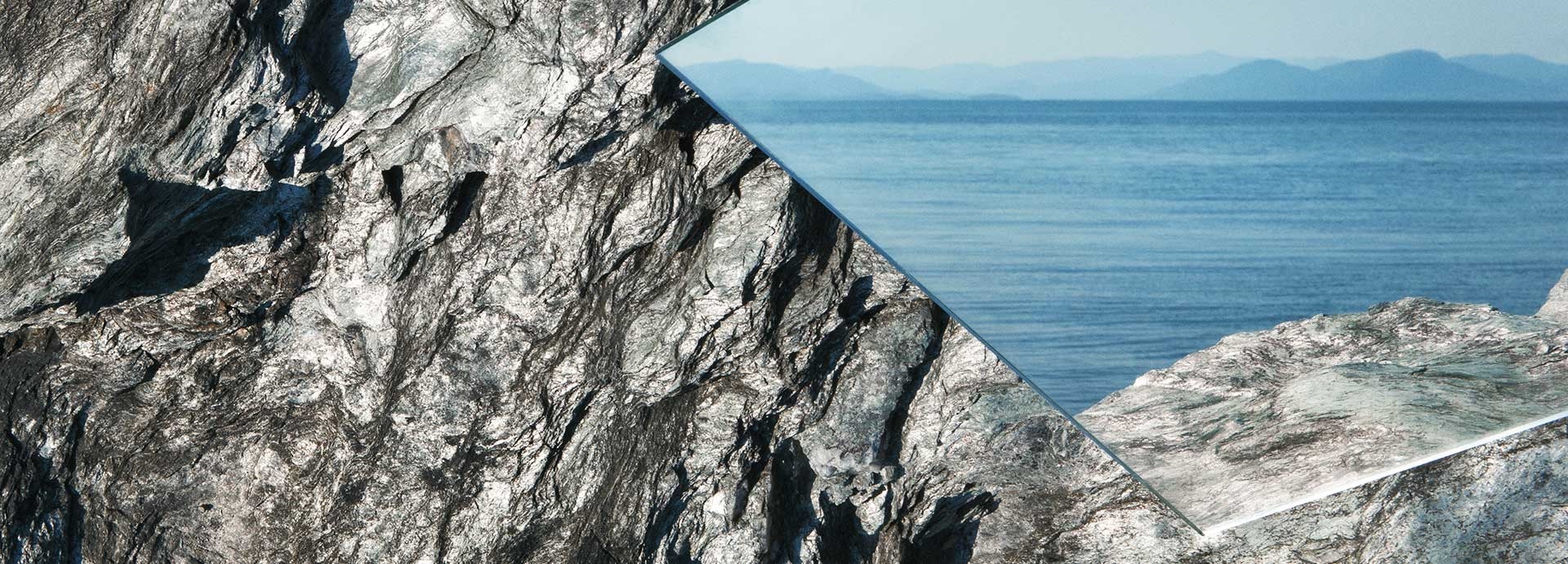

L
227 results
A place assigned to crew and passengers where they have to meet before they will be ordered to enter the lifeboats.
A ring-shaped floating life preserver. Lifebuoys are required, primarily to assist in „man-overboard” situations.
Meaning the full age of a process or system from creation to decline.
Life-cycle assessment or LCA is a methodology for assessing environmental impacts associated with all the stages of the life-cycle of a commercial product, process, or service.
Measurement of life-cycle greenhouse gas emissions involves calculating the global-warming potential of energy sources through life-cycle assessment.
Lifejackets are designed to provide full support for a person in water, even if that person is unable to help himself or herself and is heavily clothed.
A rigid or inflatable raft designed to hold people abandoning ship. Liferafts are required as a back-up to lifeboats and in some small ships are allowed in lieu of lifeboats. Davit-launched liferafts or throwover inflatable liferafts are in use.
The equipment level within a liferaft is usually referred to as a “SOLAS A pack” or SOLAS B pack”. Passenger vessels engaged on short international voyages or domestic voyages, should have liferafts equipped to the level of SOLAS B pack.
A connection between the ship and the liferaft. The liferaft painter system shall be so arranged as to ensure that the liferaft when released is not dragged under by the sinking ship.
Lifeboats, liferafts, personal life-saving appliances (lifebuoys, lifejackets, immersion suits, etc).
The life-saving system on a ship is an extension of emergency escape routes. To develop a planned, rational life-saving system the basic phases of the problem must be examined, i.e., pre-abandonment, abandonment, survival, detection and retrieval.
A fluid flowing around the surface of an object exerts a force on it.
The lift coefficient is a dimensionless coefficient that relates the lift generated by a lifting body to the fluid density around the body, the fluid velocity and an associated reference area.
A hatch cover which is lifted by hydraulic jacks, or wheel lifts, and then can roll freely to a desired position.
A hatch cover lifted bodily off the coaming by a ship or shore crane to provide access to the hold.
A long steel beam usually constructed in “H” section or similar weight bearing construction employed to spread the load when lifting long or awkwardly shaped loads.
A lifting body is a foil or a complete foil-bearing body such as a wind turbine blade.
A ratio of the two aerodynamic forces, lift and drag. A high lift-to-drag ratio is required for efficient blade design.
Light or visible light is electromagnetic radiation within the portion of the electromagnetic spectrum that can be perceived by the human eye.
Light crude oil is liquid petroleum that has a low density and flows freely at room temperature.